Saving Lives Just Got A Little Easier
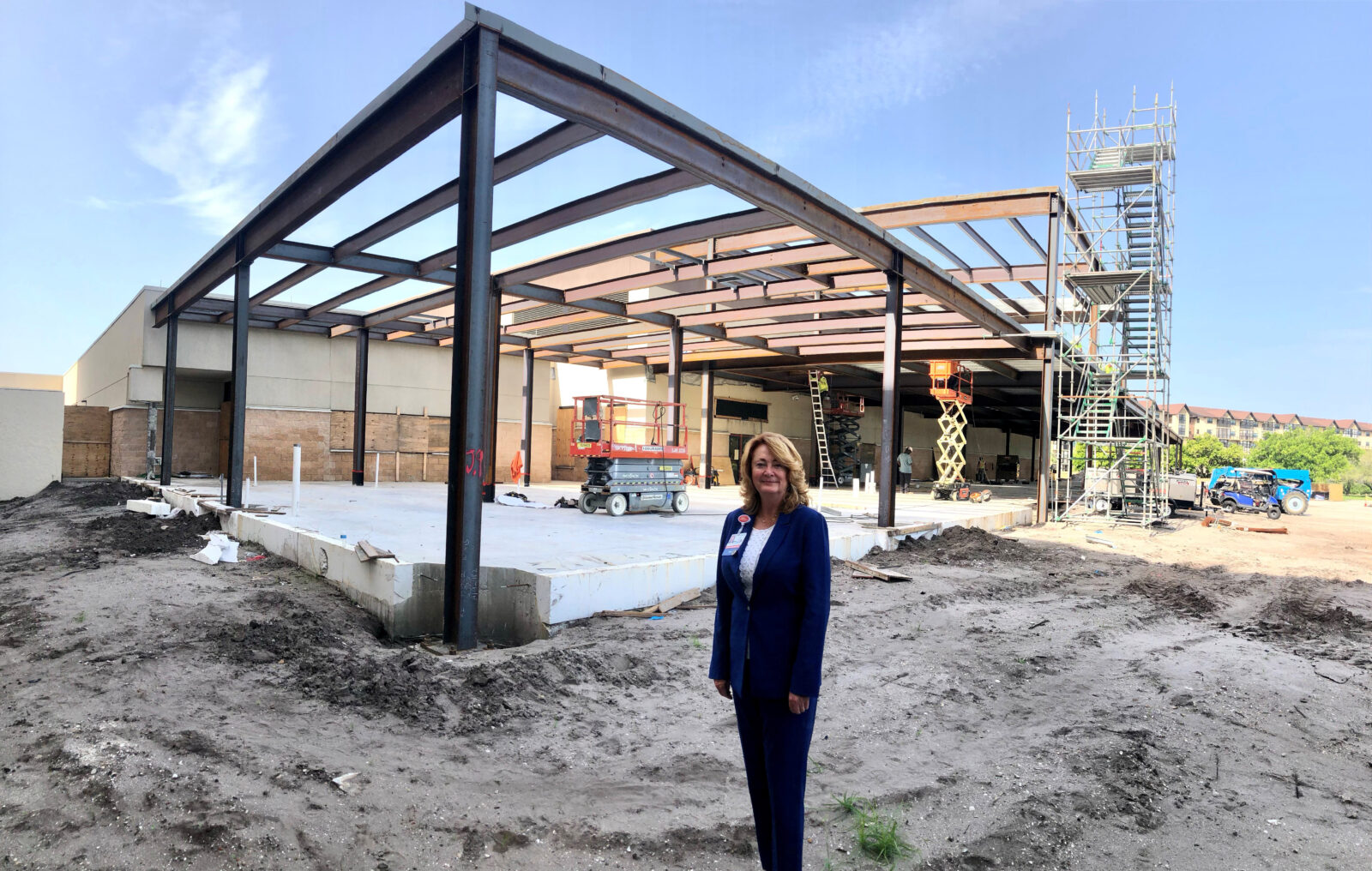
BY BETH DOUGLAS
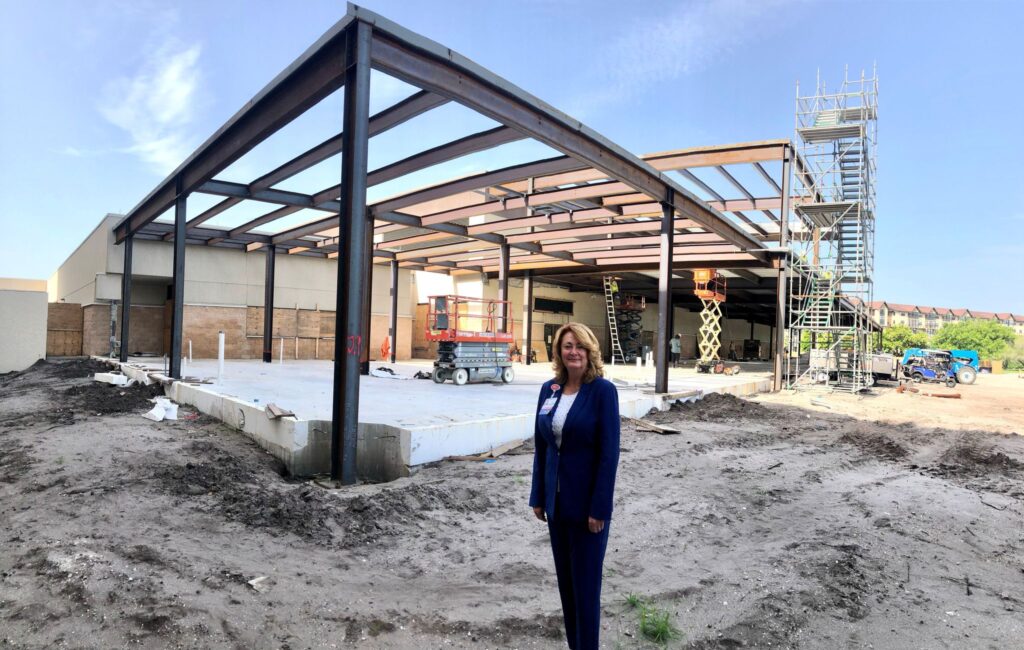
of-the-art operating rooms, one of many enhancements the hospital’s current expansion and
renovation project brings.
We have all gained a greater appreciation of our health in the past year and a half, as the pandemic has taught us the lesson of not taking good health for granted. Life can be
fragile, but with trained professionals and improvements in technology paving the way, there are many advancements for which we can be thankful.
Blake Medical Center, here in Bradenton, Florida, has remarkable and innovative new technologies that offer improved diagnostic capabilities and surgical procedures that can result in saving lives and/or
preventing health risks.
“Technology, like art, is a soaring exercise of the human imagination.” Daniel Bell
Women’s Health
Improved Breast Health Diagnostics
Mammograms are often viewed as a necessary nuisance but so vital to the prevention of breast cancer for women. “Breast cancer is the second leading cause of cancer death in women in the United States, second only to lung cancer,” says Lisa Nummi, COO for Blake Medical
Center. The early detection of breast cancer in women is incredibly important.
We have the only machine in this area that actually provides patient controlled breast compression as well as contrast-enhanced spectral mammography which assists in localizing to areas of concern or increased blood flow.” Physicians can also utilize the same machine to do a stereotactic biopsy of a lesion. This machine is so sensitive, it can detect even the smallest lesion,” Nummi says. This process can be done quickly and with enhanced patient comfort and is a much-improved process. We hope that the patient benefits of this new technology will help ease the hesitancy some women have in getting their annual mammograms and improve the rate of annual mammography screenings. Detecting cancer early helps to save lives and reduce potential costs. It’s a win-win for everyone.
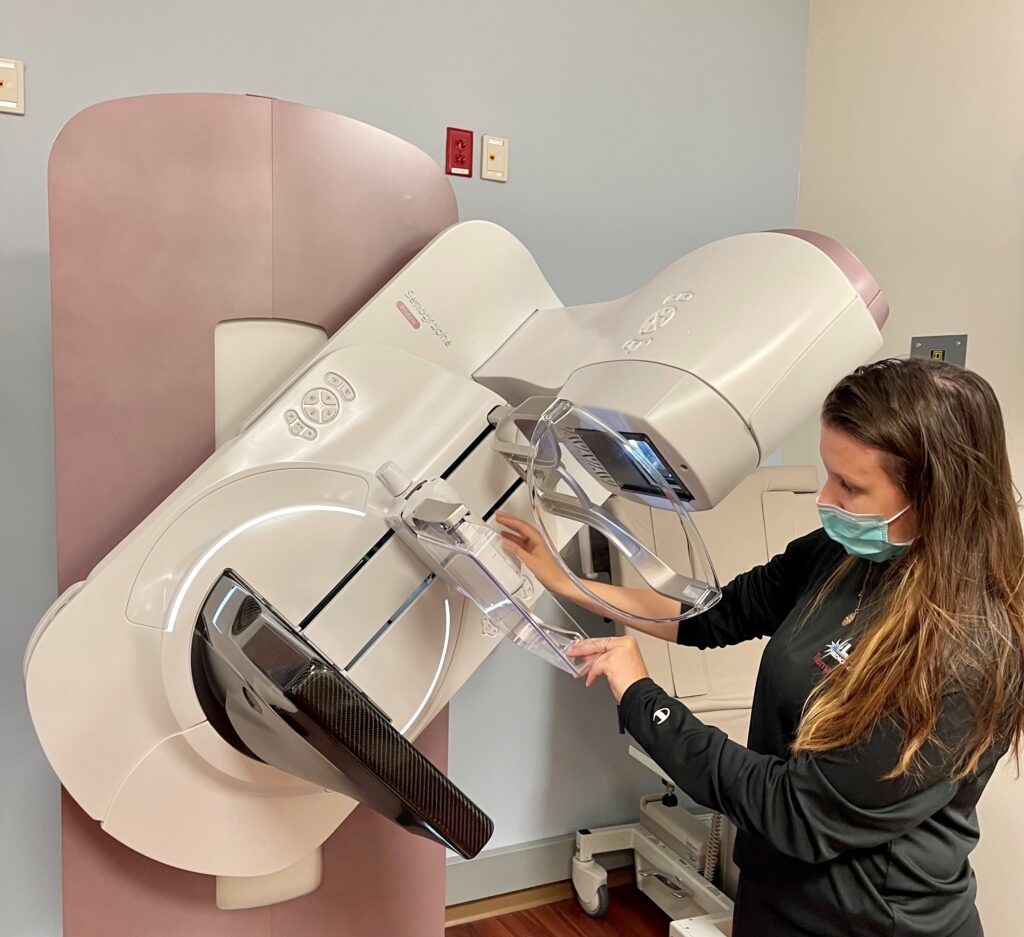
“You don’t have to leave Bradenton to get world-class surgery.” Lisa Nummi
Stroke Lab
Blake’s certified Comprehensive Stroke Center includes a state-of-the-art Neurointerventional Laboratory featuring a bi-plane room and a new advanced, extremely detailed MRI. Also, integrated innovative communications technologies allow teams of clinicians to receive scans via an app on a cell phone simultaneously within minutes of being taken, enhancing the speed with which stroke care can be provided.
When it comes to stroke, time is brain, ideally providing treatment no later than the first 60 minutes from when symptoms occur. Neurologists can do telehealth interactive exams with the patient, providing additional time-saving steps in the treatment process. TPA, a clot-busting medicine, can be given right away. Highly specialized teams utilize the technology to help stop strokes and can even access clots in the brain and remove clots, helping to restore circulation to the brain. Utilizing the newest technology, specialized stroke care teams may treat brain aneurisms from inside the blood vessel without any need for open surgery.
“Stroke is one of the leading causes of disability and 5th leading cause of death in the United States,” states Nummi. This process decreases the chance of disability and death. “Technology has brought us the ability to react very quickly.” The focus in stroke treatment now is not only reducing damage from a stroke, but also trying to prevent secondary strokes.
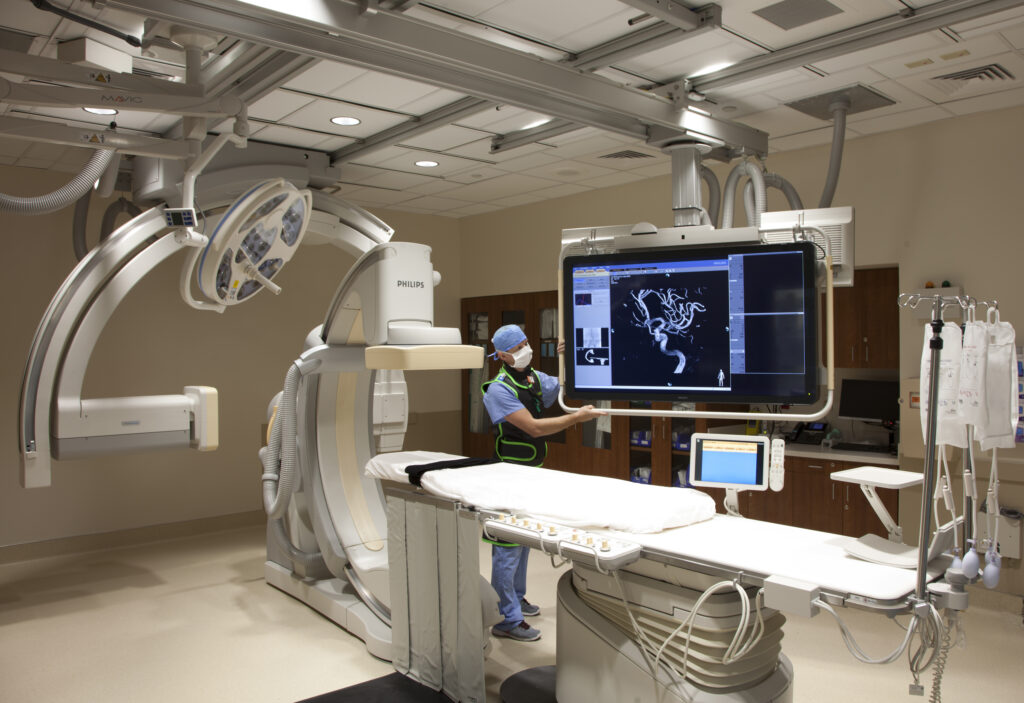
Robots to the Rescue
Expanded Robotic-Assisted Surgery Program
Blake’s expanding its Surgical Services space and is currently under construction to bring four brand-new, state-of-the art operating rooms (with shell space for two more). Blake has more surgical robots than any other hospital in the county, and provides 24/7 robotic surgery access. Physician-assisted robotic procedures allow for minimally invasive surgery, which decreases healing time, as well as swelling and pain. This technology can be used for a wide range of procedures, including breast surgery, abdominal surgery and prostate surgery. Blake Medical Center is an epicenter for training: surgeons come from all over the country to be trained at Blake in this evolving technology.
Who would have thought, even 20 years ago, that we would be using robots to assist with critical surgical procedures? Who would have guessed that we would have been able to obtain images so alarmingly accurate that we could detect a minute lesion that may become cancerous? Could we even have conjured up the idea that neurologists could interact with blood clots in the brain during a stroke? These advancements are so amazingly meaningful in the healthcare arena, and Bradenton, Florida, is indeed fortunate to have such leading edge practices available to us in our own backyard.
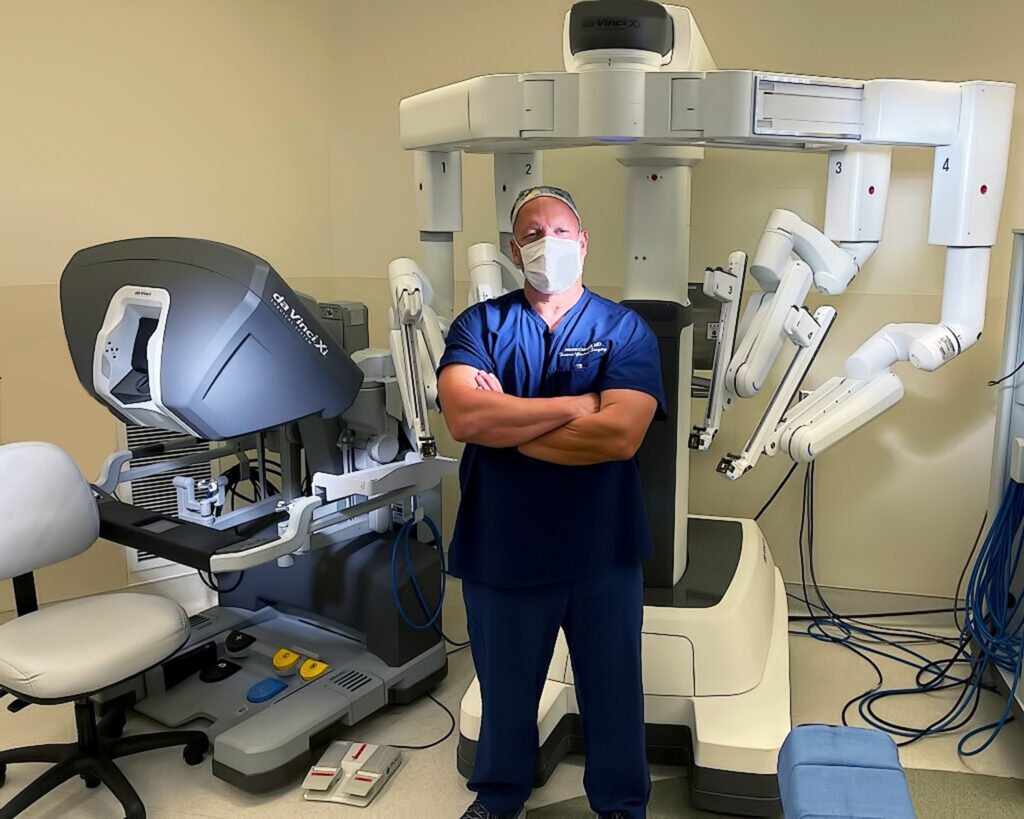
Beth Hearn Douglas is a writer and marketing communications professional with a passion for communications in the areas of healthcare, senior care, and dementia education. With a B.A. in Journalism and a career in marketing for industries such as tourism, hospitality and technology, she has now decided to focus on healthcare and senior care industries. She is passionate about promoting programs that promote health, dignity and quality of life for seniors, throughout the journey of aging.
